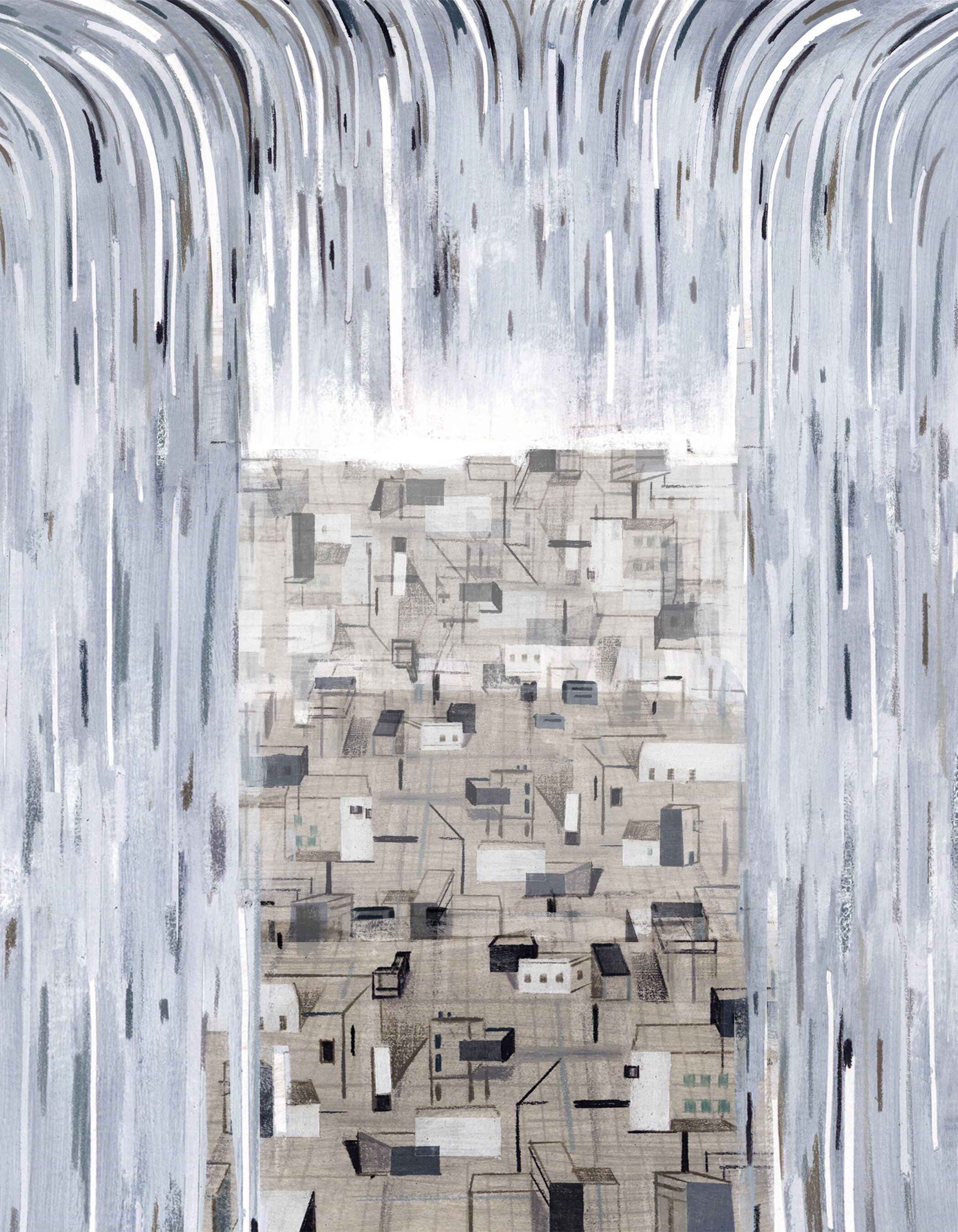As the movement mobilizes to face coronavirus, can it be trusted?
It’s evening in Bratislava, Slovakia, and Adam Krovina sits in his apartment peering into his webcam. The 31-year-old electronic engineer tells me about spending his nights and weekends on a new initiative that has connected hundreds of makers and amateur researchers around the world: building open source, affordable ventilators.
Krovina leads one of a handful of projects that have been awarded funding from Just One Giant Lab (JOGL), a French open source research platform that delivers microgrants to interdisciplinary teams working on community biology projects. Forced to hunker down in the aftermath of Covid-19, makers and community biologists have jumped into action, looking for ways to help.
Breezy, the low-cost ventilator and Android app system Krovina has created with a team of 15 other researchers, is just one of the many community-led projects kicking off around the world. With an uneven response from governments and overloaded health systems and ICUs, the crisis has created an opportunity for the DIY community to step in with unconventional solutions.
“It’s mind-blowing,” said JOGL founder Thomas Landrain from his home in Paris. “We are drawing a third path between academia and the corporate world where open and participatory science can happen.”
Community biology networks are strong, global, and have been in place for over a decade. When the pandemic began, these networks quickly pivoted to Covid-19 projects and opened their doors to anyone who wanted to help. Combined with an ethos of openness and the impulse to do something—anything—thousands of people are joining or starting DIY projects. The JOGL community has leaped from a couple-dozen people in February to 4,500 this month.
At a recent weekly Zoom meeting, 60 amateur researchers shared details about their projects and discussed ways microgrants (provided primarily by the AXA Research Fund) can be allocated by submitting projects to a community vote. So far, 15 projects have acquired funding that ranges from a couple hundred to a couple thousand euros.
The Covid-19 pandemic has created a situation where, for the first time, independent biologists face the very real potential that their projects could see use on the frontlines of a global public health emergency.
Some projects, including the Open-Source Low-Cost Syringe Pump, are being validated for safety and effectiveness by nurses at the Assistance Publique Hôpitaux de Paris, the largest hospital system in Europe.
Combined with an ethos of openness and the impulse to do something—anything—thousands of people are joining or starting DIY projects.
One JOGL-funded project, “Optimizing the NEB LAMP Test,” led by Aanika Biosciences in New York and BioBlaze Community Lab in Chicago, includes a microbiologist working at the Centers for Disease Control and Prevention. The CDC researcher asked not to be named in this piece. The group says they hope to see their DIY diagnostics approved for general use after testing on patient samples at the CDC.
This all sounds exciting—and it is. But regulatory approval for these projects is not a foregone conclusion. The process to validate these tests is extraordinarily detailed, and without the kind of accreditation offered by the national laboratories, scientists involved worry that tests coming from amateur groups could do more harm than good.
“The reality is that if you’re working on something that results in clinical or life and death decisions, you’ve got to have some way of knowing that you’re right,” said Paul Freemont, head of Structural and Synthetic Biology at Imperial College in London and a longtime supporter of the DIYbio community.
The main concern with any DIY therapeutic, diagnostic, or device will always be safety and accuracy. A ventilator, for example, despite being a relatively unsophisticated piece of machinery, must include a sensitive gauge that can accurately monitor the pressure on a patient’s lungs. Otherwise, it could injure or even kill someone, said Russell Buhr, a pulmonary and critical care physician at UCLA.
“Would we love to know that there’s a reserve of thousands of ventilators that we could deploy if things got really hairy? Absolutely,” he said. But, he added, “We don’t want people wasting their time making something we can’t use.”
On the other hand, DIYers believe their projects should be taken seriously. “I know all of this is best explored by professional researchers and public health experts. But it seems to me like there may still be a role for biohackers,” Rick Byers, a software engineer and DIYer, wrote to the DIYBio message board on April 25.
Byers developed his own testing kit using qPCR from home in Ontario. When we spoke over the phone, Byers said that given the lack of resources for testing asymptomatic people, he hopes his test could be validated and used by public health officials to serve his local community.
“I’ve got 144 Covid test kits sitting right here,” said Byers, who lives near a long-term care home. “I could just go drop this off down the street.”
Share
Cite This Essay
Pearlman, Alex. “Community Bio Confronts a Pandemic.” Biodesigned: Issue 1, 6 May, 2020. Accessed [month, day, year].


